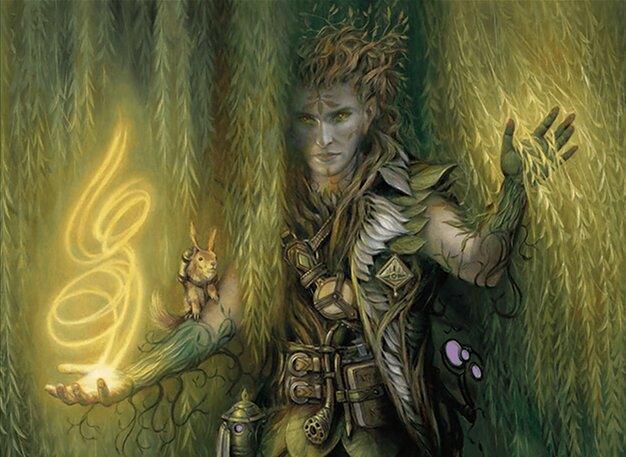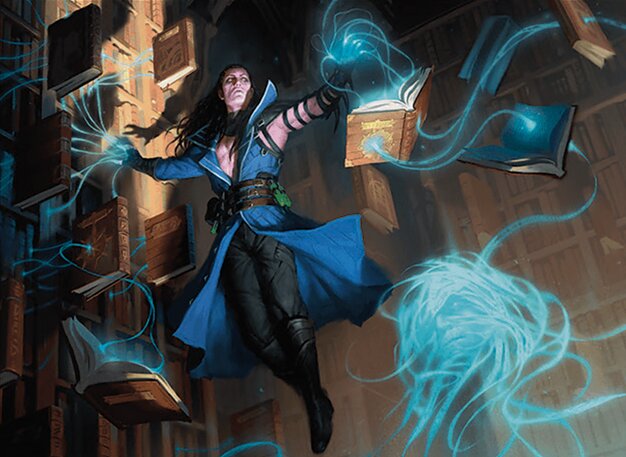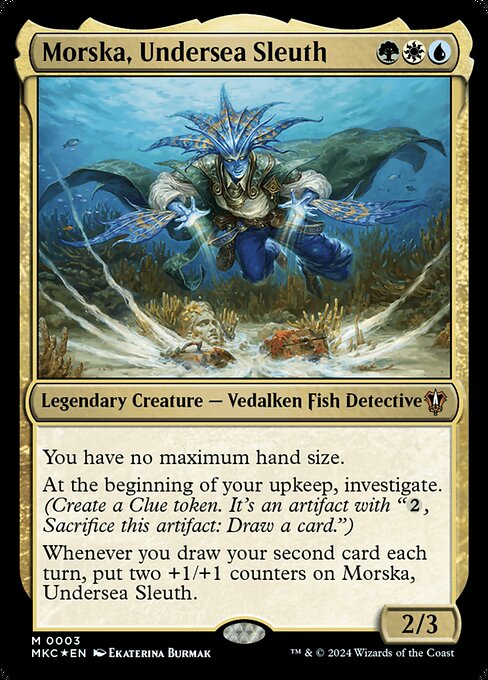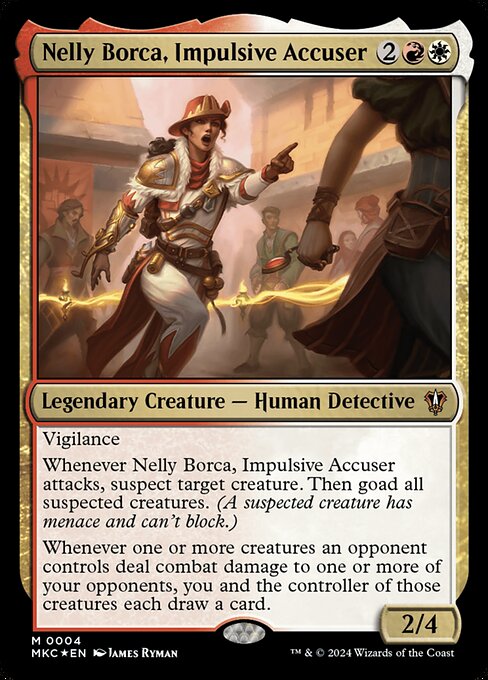Deck & Commander Strategies

Kaust, Eyes of the Glade
Focuses on casting face-down creatures, reducing their costs, and taking advantage of abilities when they are turned face up.

Nelly Borca, Impulsive Accuser
The deck aims to manipulate combat by forcing opponents' creatures to attack, and generating advantage by drawing cards when opponents' creatures deal damage.

Mirko, Obsessive Theorist
The deck is built around the surveil mechanic, growing the commander's power, and reanimating creatures from the graveyard.

Morska, Undersea Sleuth
Utilizes clues and token generation to draw cards and maintain card advantage, with potential for large amounts of card draw.
Gameplay Insights
- 1
The decision to force opponents' creatures to attack with Nelly Borca, Impulsive Accuser led to interesting combat dynamics and card draw opportunities.
- 2
The use of Panoptic Projector to reduce the cost of face-down creatures significantly improved the efficiency of Kaust, Eyes of the Glade's strategy.
- 3
The play of Benny, Breaker of Bread in combination with clues and token generation provided a substantial card advantage for the Morska, Undersea Sleuth deck.
Notable Cards
-

Arcane Signet
-

Reliquary Tower
Gameplay Summary
The game started with players introducing their chosen preconstructed decks and commanders.
Each player showcased their unique strategies throughout the game, showing off their commanders' capabilities.
Kaust, Eyes of the Glade deck focused on face-down creatures and turning up abilities, whereas Nelly Borca, Impulsive Accuser deck sought to manipulate combat by forcing opponents' creatures to attack.
Mirko, Obsessive Theorist's deck was centered around surveilling and growing the commander's power, while Morska, Undersea Sleuth deck used clues and token generation to draw cards and maintain advantage.
The gameplay was filled with strategic decisions and interactive plays, highlighting the unique synergies of the preconstructed decks.

























